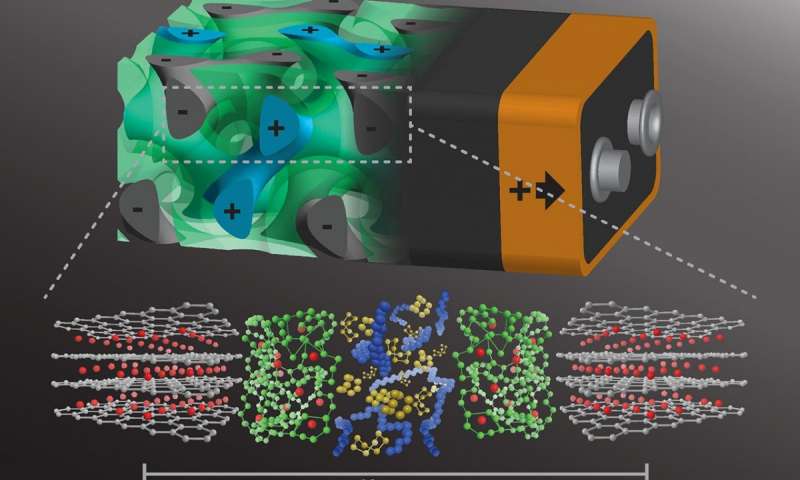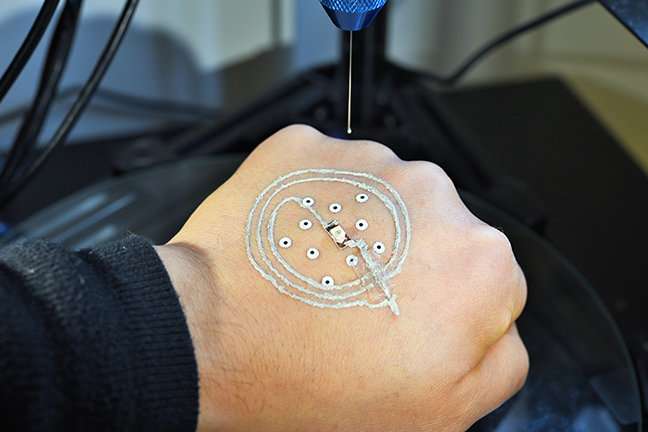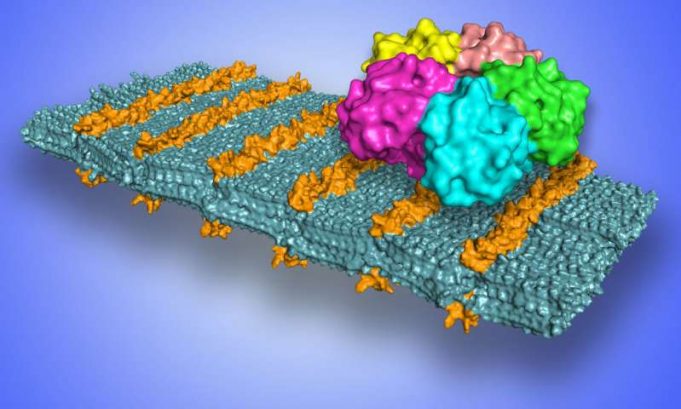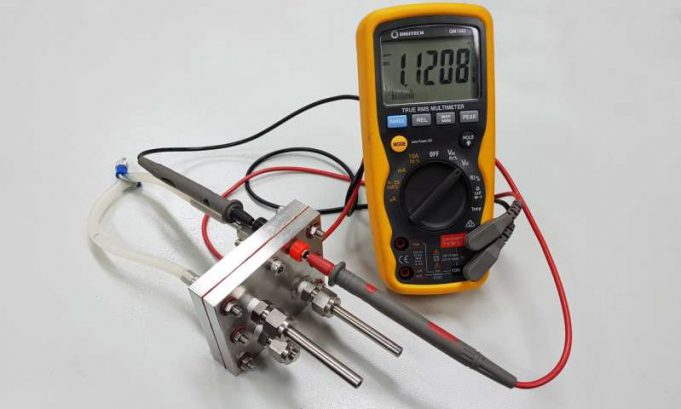The world is a big place, but it's gotten smaller with the advent of technologies that put people from across the globe in the palm of one's hand. And as the world has shrunk, it has also demanded that...
An innovative, eel-like robot developed by engineers and marine biologists at the University of California can swim silently in salt water without an electric motor. Instead, the robot uses artificial muscles filled with water to propel itself. The foot-long...
In a groundbreaking new study, researchers at the University of Minnesota used a customized, low-cost 3D printer to print electronics on a real hand for the first time. The technology could be used by soldiers on the battlefield to...
Making a giant leap in the 'tiny' field of nanoscience, a multi-institutional team of researchers is the first to create nanoscale particles composed of up to eight distinct elements generally known to be immiscible, or incapable of being mixed...
Researchers have developed a process for creating ultrathin, self-assembling sheets of synthetic materials that can function like designer flypaper in selectively binding with viruses, bacteria, and other pathogens.
In this way the new platform, developed by a team led by...
A radiologist's ability to make accurate diagnoses from high-quality diagnostic imaging studies directly impacts patient outcome. However, acquiring sufficient data to generate the best quality imaging comes at a cost - increased radiation dose for computed tomography (CT) and...
A new study by three MIT scholars has found that false news spreads more rapidly on the social network Twitter than real news does - and by a substantial margin.
"We found that falsehood defuses significantly farther, faster, deeper, and...
Researchers from RMIT University in Melbourne, Australia have demonstrated for the first time a working rechargeable "proton battery" that could re-wire how we power our homes, vehicles and devices.
The rechargeable battery is environmentally friendly, and has the potential, with further development,...
Researchers in Oregon State University's College of Engineering have taken a key step toward the rapid manufacture of flexible computer screens and other stretchable electronic devices, including soft robots.
The advance by a team within the college's Collaborative Robotics and...
When it comes to soft, assistive devices -- like the exosuit being designed by the Harvard Biodesign Lab -- the wearer and the robot need to be in sync. But every human moves a bit differently and tailoring the...
Researchers at Harvard University have built soft robots inspired by nature that can crawl, swim, grasp delicate objects and even assist a beating heart, but none of these devices has been able to sense and respond to the world...


















